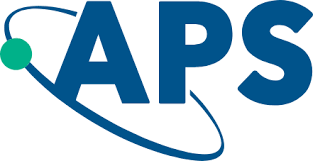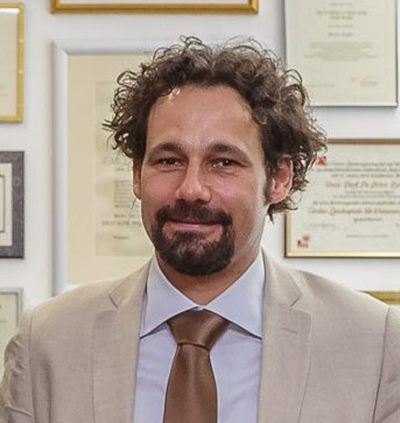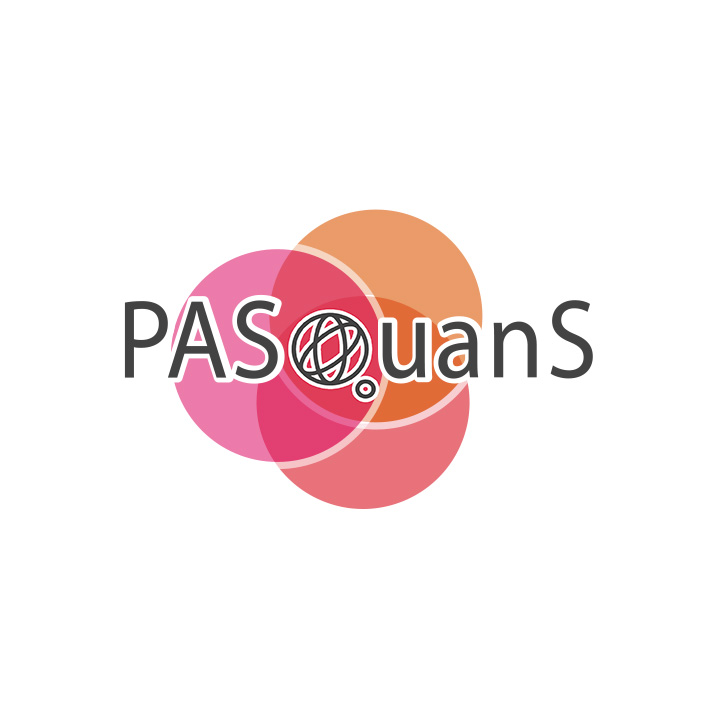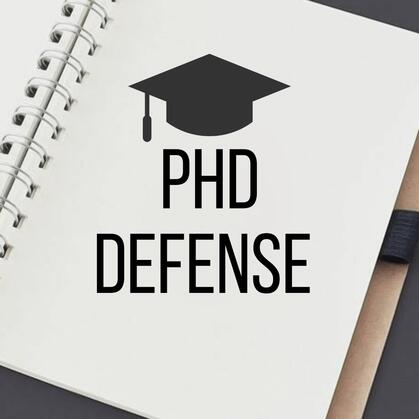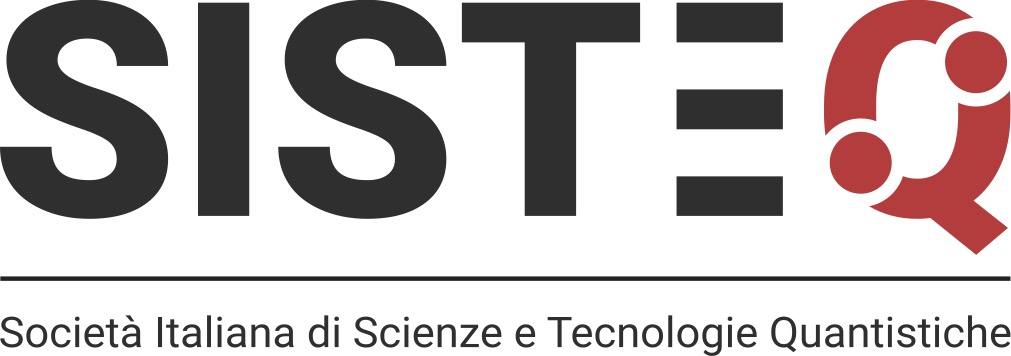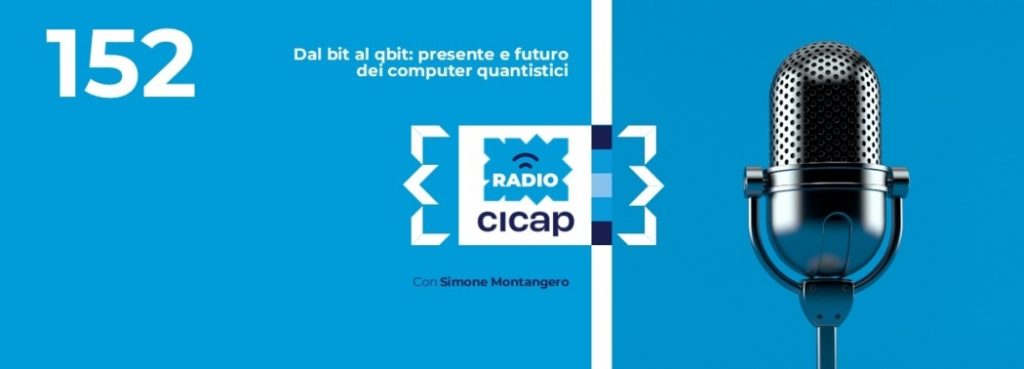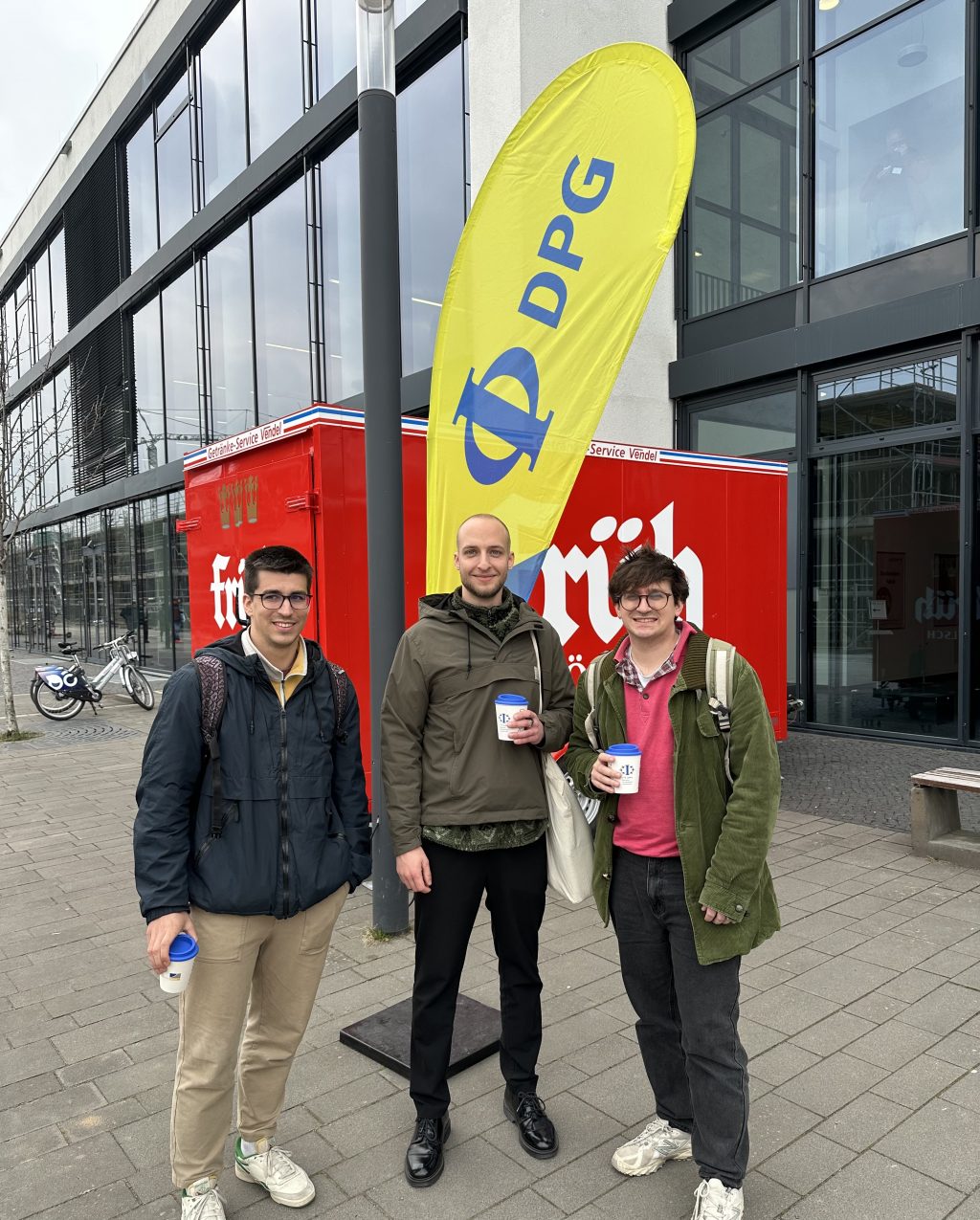Prof. Luca Salasnich named a 2025 APS fellow
Luca Salasnich has been named a 2025 American Physical Society (APS) Fellow.The citation reads as follows: For a broad range of theoretical contributions in ultracold atomphysics, including analytical solutions to many-body equations, thephysics of reduced dimensionality and curved configurations, and theanalysis of collective modes, solitons, and quantized vortices. Here the list of all the fellows named by APS this year.

